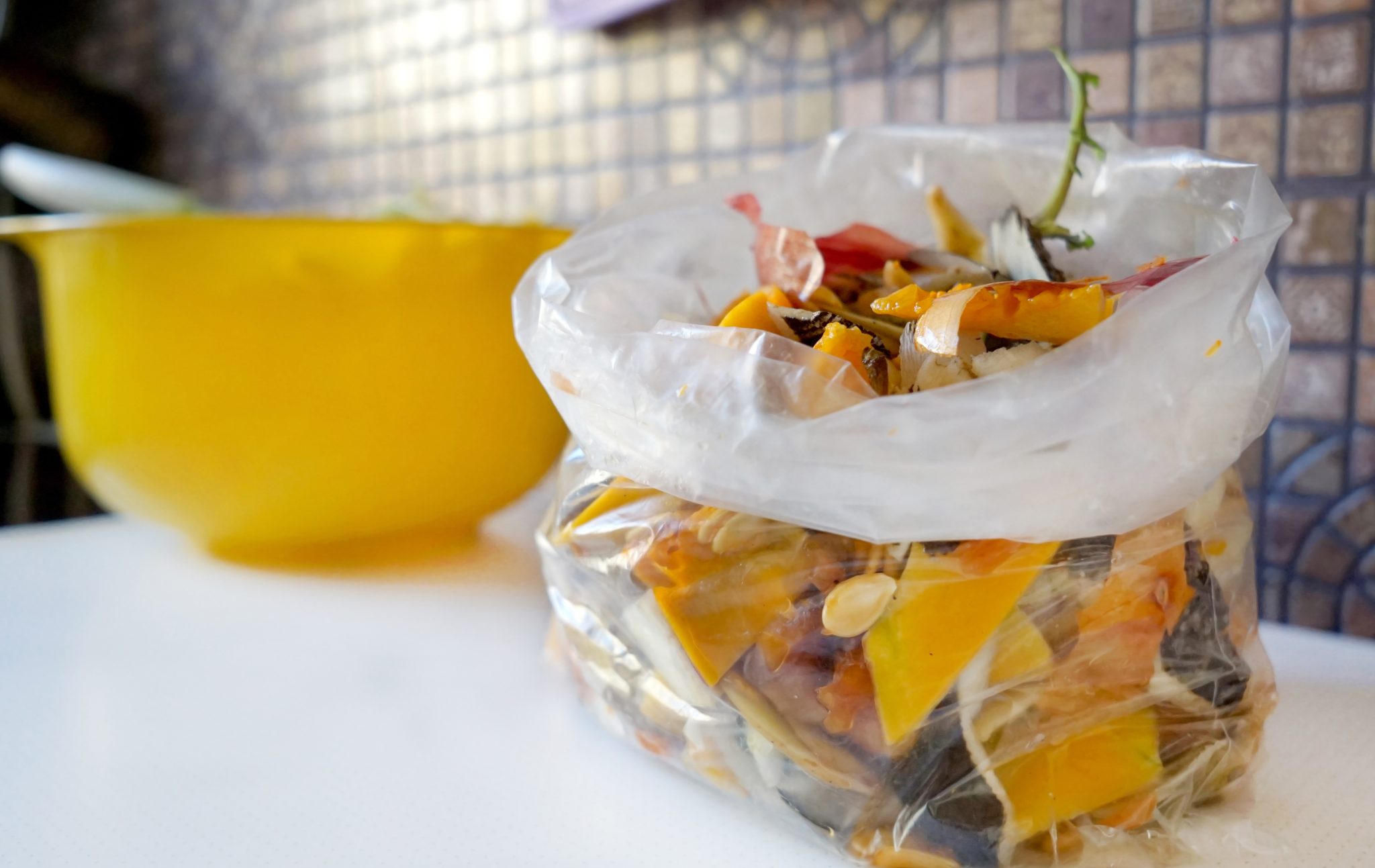Health & Nutrition

This is the time of year when families gather around the dinner table to eat a variety of appetizing dishes. While preparing to partake, it’s also important to consider the amount of food waste produced during the holiday season. According to the WorldWatch Institute, Americans generate three times as much food waste between Thanksgiving and New Year’s Day than the rest of the year, with $293 million in food waste generated during Thanksgiving alone. Fortunately, there is a way to put a few dollars back in your pocket as well as limit the number of food scraps produced during the preparation of those delectable dishes. Consider kitchen scrap gardening.
Gardening with Food Scraps
Kitchen scrap gardening is regrowing your inedible kitchen waste into edible veggies and greens that can save you money on grocery bills and reduce the amount of waste entering landfills. From celery and lettuce to herbs and potatoes, kitchen scraps often have plenty of life left. They just need a chance to avoid the trash can. You can grow your new food indoors in decorative saucers and containers year-round, or move them outside to your garden in spring.
After cutting away the “usable” parts of vegetables, the remaining plant material has enough stored energy to process light and nutrients, thus promoting auxins (natural plant hormones) to grow new cells for fundamental plant growth. Once triggered, auxins and other chemicals pull together available resources to fight off infection, close the wound, and initiate new roots. Try a few of these easy regrows. It will make you think twice about which food scraps get thrown away.
Regrowing Produce
Using the bottom 2 inches of the root end of a bunch of celery:
- Insert four toothpicks equally spaced around the celery, about 1 ½-inch from the bottom. This keeps the celery from touching the bottom of your bowl, slowing the rot of the outer stalks.
- Set the celery in a shallow glass bowl or jar. Fill with enough water to submerge an inch of the root end.
- Place the bowl or jar where it gets good natural light for several hours a day. Be sure to change the water every two to three days, ensuring the celery root end is always submerged. After a few days, small leaves will emerge from the very center of the top. Over a week, you will notice small stalks with leaves and tiny roots emerging around the base of the celery root. Now that you have roots, it’s time to replant in soil. If using potting soil, use a mix suitable for vegetables and herbs.
- Keep the soil moist, but not wet. Celery flourishes in cool weather and rich soil, so give it shade during the hottest part of the day and feed it to replace vital nutrients.
Unlike growing celery, you won’t be able to regrow a full head of lettuce. However, you will regrow enough leaves for a sandwich or even a single serving salad. Don’t let that stop you, because it is a cool experiment.
Save Money and Landfill Space
- Snip off the top 3 to 4 inches from the fresh stems of discarded kitchen scrap herbs (basil, mint, rosemary, sage, etc.).
- Leave the first two sets of leaves at the top (growing end) of each stem, removing lower leaves.
- Place stems in a container of fresh water (use distilled or spring water if your tap water is treated). Be sure the water level covers at least one set of leaf nodes (the area where the lower leaves were attached to the stem). Upper leaves should remain above the waterline. Most herbs prefer six to eight hours of sunlight per day, so place the container in a bright location, changing the water every few days. Depending on the type of herb, it may take up to several weeks before your kitchen scrap herbs start to send out new roots. Wait until roots are at least an inch long and sending out rootlets before planting herbs in soil.
- Make use of quality potting or soilless medium and planter with adequate drainage holes.
“Eyes” on the Prize
Are leftover potatoes in the cupboard starting to sprout? Perfect! Potatoes aren’t grown from seeds but from eyes. When your potatoes start to grow eyes, slice them into 2-inch pieces that contain 1-3 eyes. Let the potatoes sit out overnight so that the cuts dry and heal over. Now plant them in the soil about 4 inches deep. Cut side down with eyes facing upward. Ensure the soil is always kept moist. After a few days, green sprouts will appear from the soil. As your potato plants grow, “hill” them by adding more soil, as the stems grow taller. In time, your potato plant will die, sometimes after flowering. Now harvest by digging up your prized potatoes.
There are more than a handful of veggies and herbs you should rarely “re-buy” or start from seed because you can “regrow” them from leftover bits of original veggies or herbs. Happy gardening, no matter what season.

